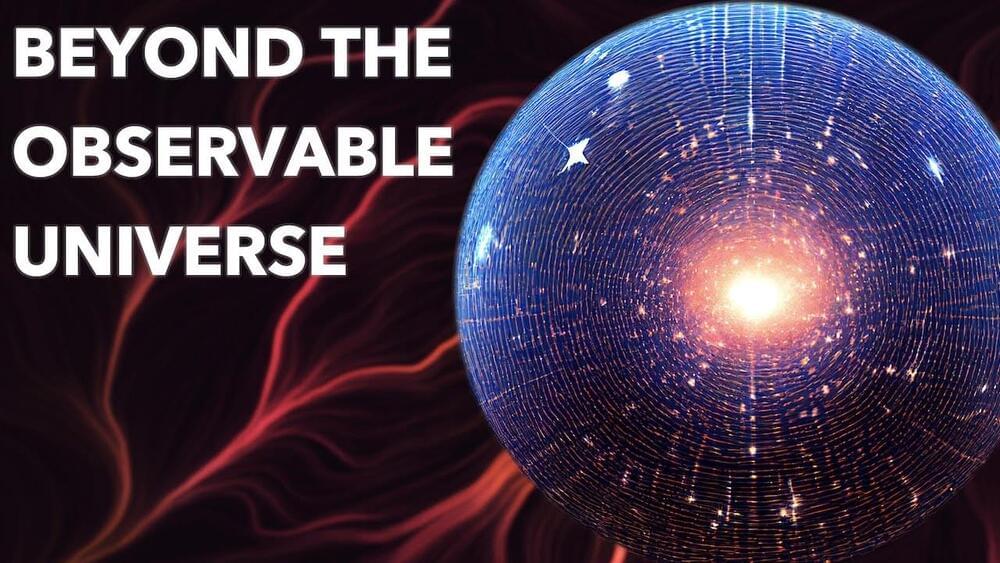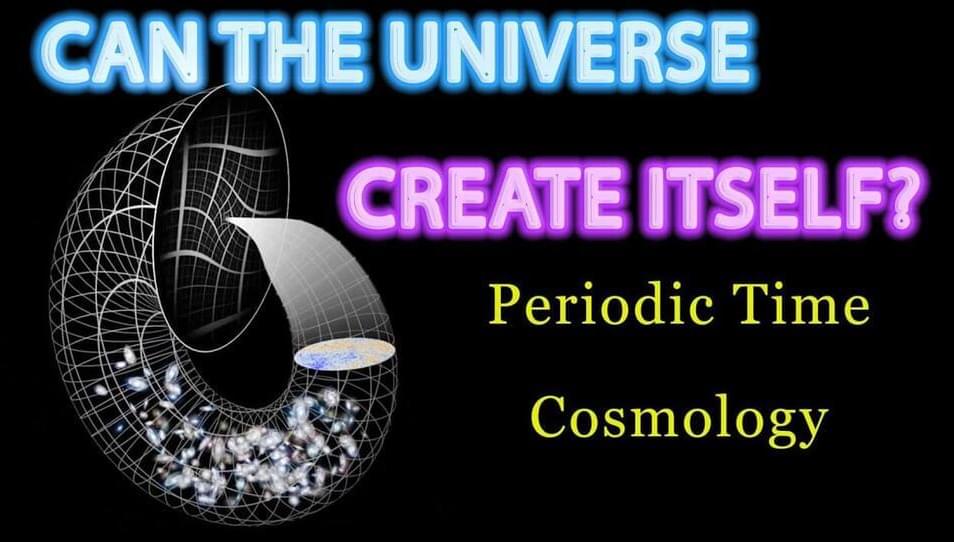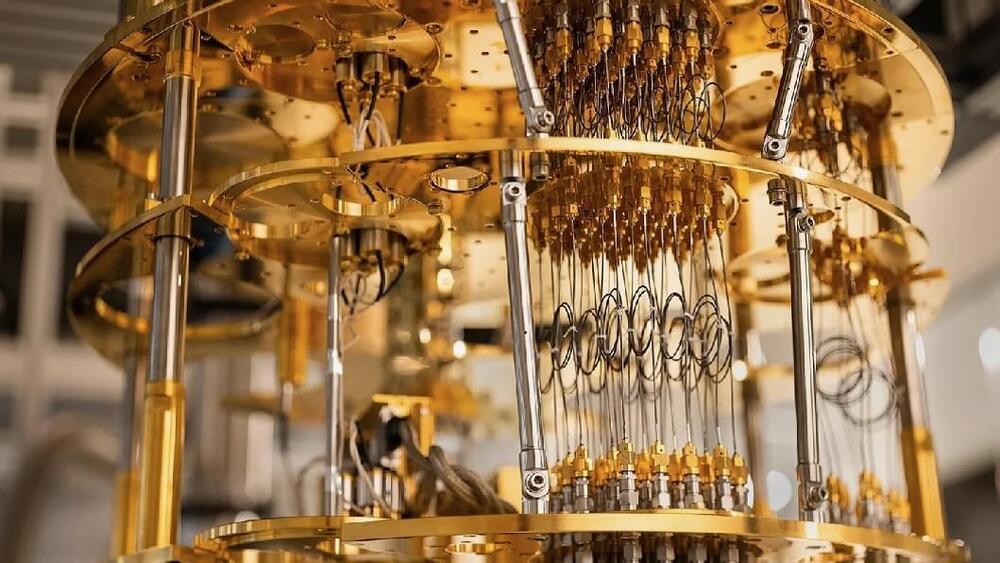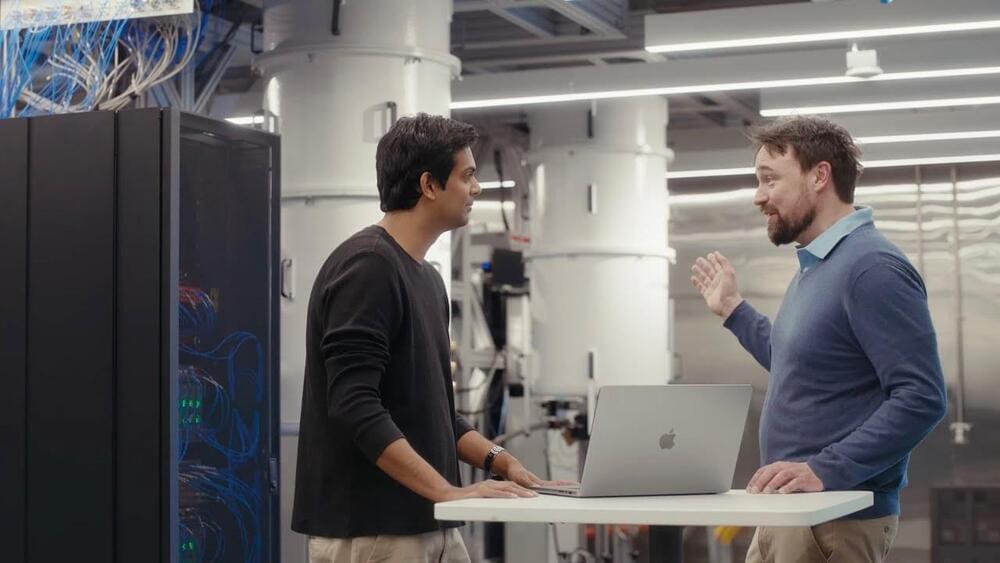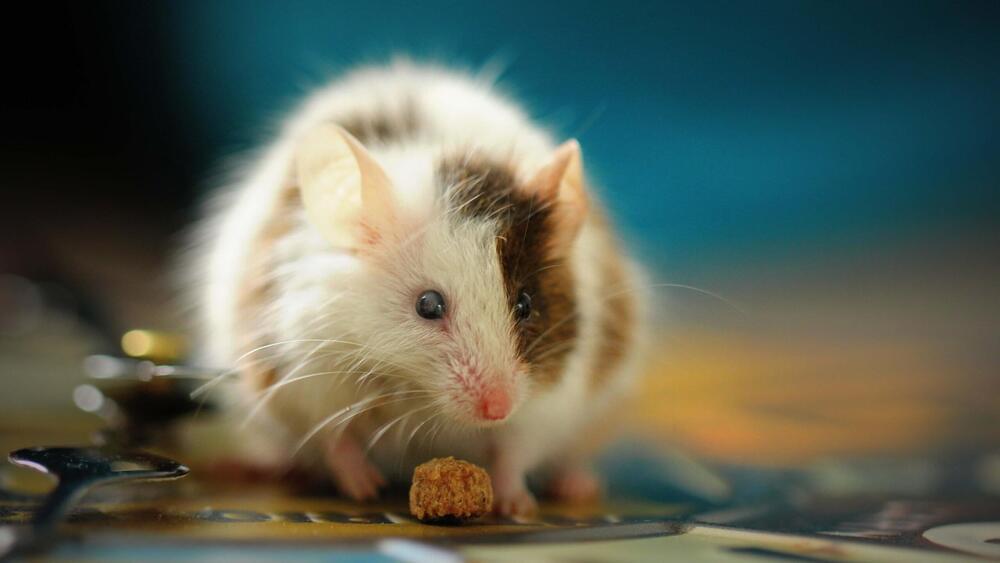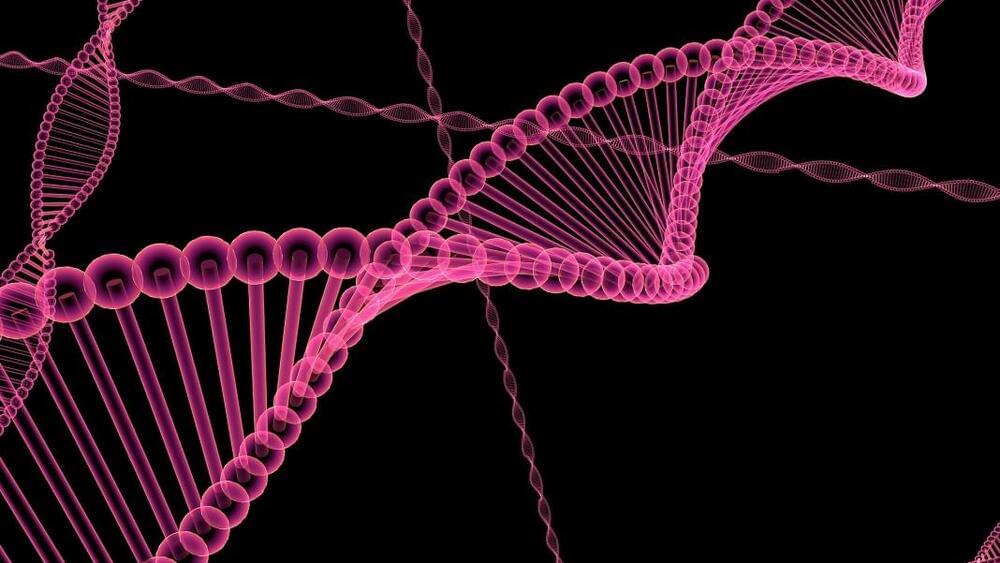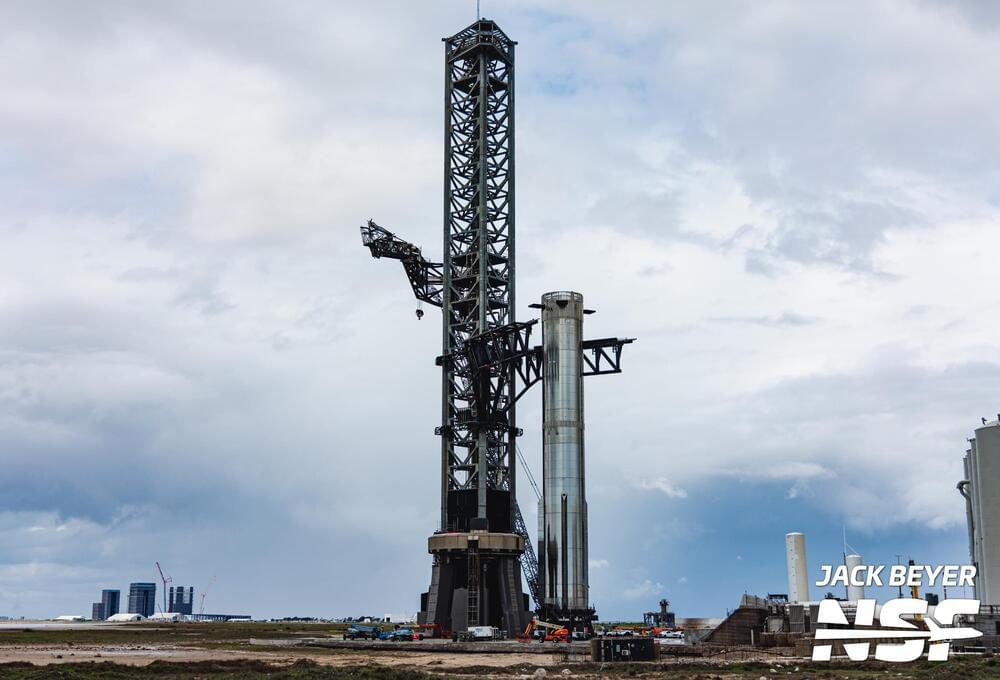Aug 23, 2023
Beyond the Observable Universe [4K]
Posted by Dan Breeden in categories: business, space travel
What we perceive to be the edge of our universe is not the actual edge of the universe, with most scientists in agreement that more space lies hidden beyond what we’re able to see. Last time out, we travelled to the very edge of our observable universe. But today, we will be going even farther, as we wade out into the darkness of the unobservable universe.
Watch Part 1 (Journey to the Edge of the Universe): https://youtu.be/QhM5zAVvOI4
